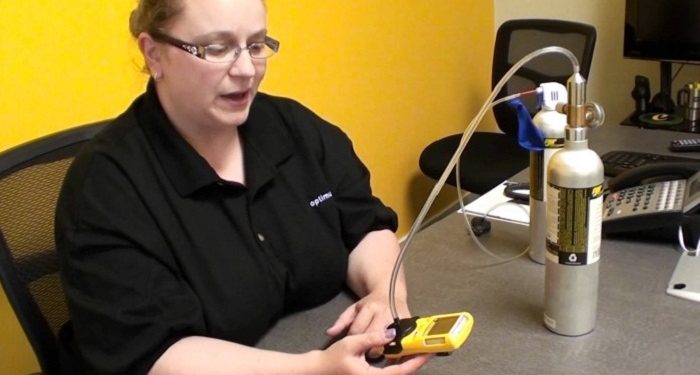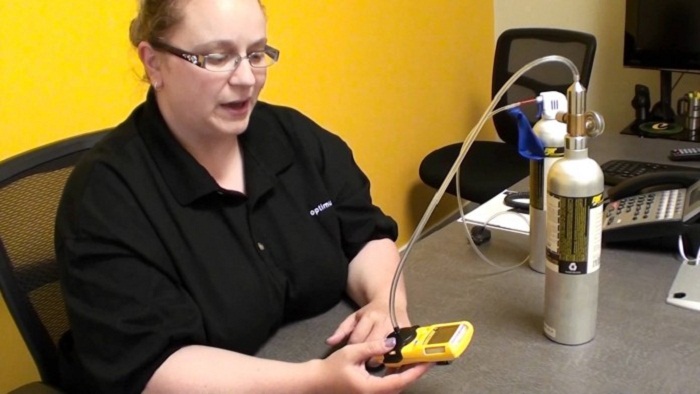
Having properly working gas detection equipment can mean the difference between life and death, it is therefore imperative that you keep your detection equipment in good condition and properly calibrated. The frequency in which you calibrate your equipment will depend on its usage and whether it is used domestically or industrially, home equipment may only need to be calibrated once every 6 months or once a year, whereas industrial calibration equipment should be calibrated at least once a month. Portable detectors need to be calibrated more frequently than fixed position detectors due to their ever changing environments and the increased chance of being damaged in transit, many people chose to calibrate portable detectors every day or at the beginning of every shift to ensure accuracy and safety.
When working with industrial gas detectors it is advised to perform a bump test every day that the unit is in use, or there is a chance it will be used (for example an emergency call ). A bump test is conducted by exposing the detector to a known source of gas to ensure it emits the correct audible alarm and signals that there is gas present. Bump tests only show that the machine is capable of detecting gas and signalling it, it will know show that it is accurate in anyone or what concentrations it will be able to detect. On top of this the unit will need to be calibrated periodically (recommended monthly) to ensure it is reading correctly. This is a legal requirement in many countries and you not only have to calibrate it, you need to keep a log of the bump tests and calibrations, which becomes a legal document that can be used as evidence in court. Any injuries that could have been avoided by proper gas detection calibration can result in large law suits and litigation. A death that could have been avoided can be charged as Manslaughter by gross negligence which can hold a maximum custodial sentence of life imprisonment.

In order to perform a calibration you will first need to purchase a canister of calibration gas, these come in many different mixes and concentrations and there will be an expected value on your detector. This should be checked before calibration begins. You also need to check the expiry date on your canister and make sure you do not use it past the expiry dates, many of the gases used are volatile and the concentrations can change over time. Only buy your calibration gas from a reputable distributor as it is highly important that the concentrations be correct, try and find one that has an expected accuracy level of +/-1%-2%, this will ensure your detection equipment is as accurate as possible. Never purchase second hand calibration gas as you don’t know what has been done to the gas since it has been opened.
Once you have purchased the correct calibration gas and are sure it is in date you can begin the calibration. Ensure you are in a clear air environment or use of zero air cylinder attached to the detector. Zero the detector to match the clean air environment, the detector will adjust the sensitivity to match the air in the room. You will then need to run the calibration program on the detector while exposing the detector to the calibration gas via the calibration cap. The detector will have pre-programmed values that it will expect to find during a calibration test. If any of the sensors fair an error message will show up on the screen. Once the unit has been exposed to the calibration gas it will adjust each of its sensors to match the expected concentrations to the experienced concentrations.
Once calibration has been completed it is still very important to complete the bump test every day to ensure the it is still working, never assume someone else has completed the bump test, always check it yourself, especially when changing over staff shifts. Remember it can be the test that saves a life.
